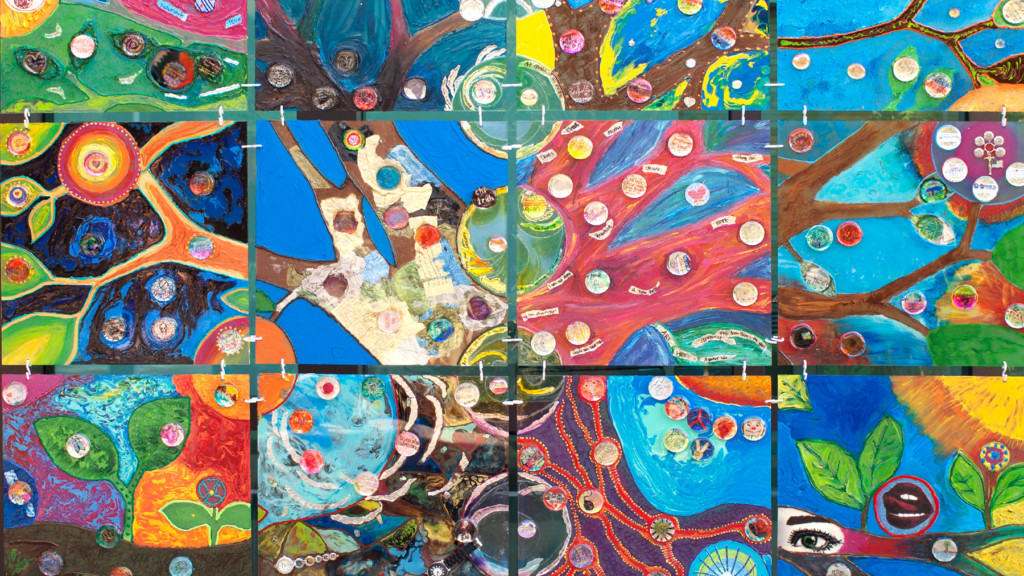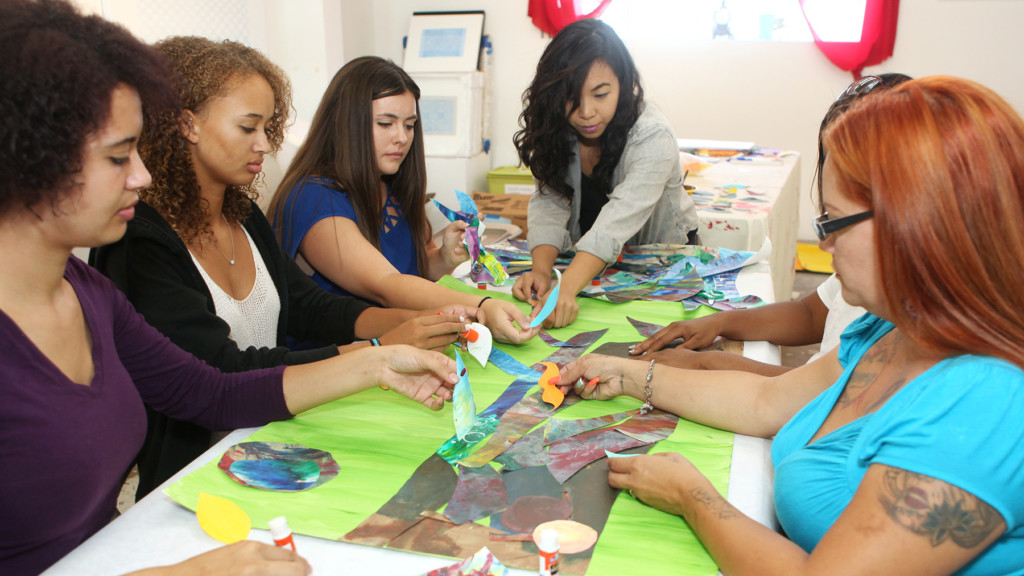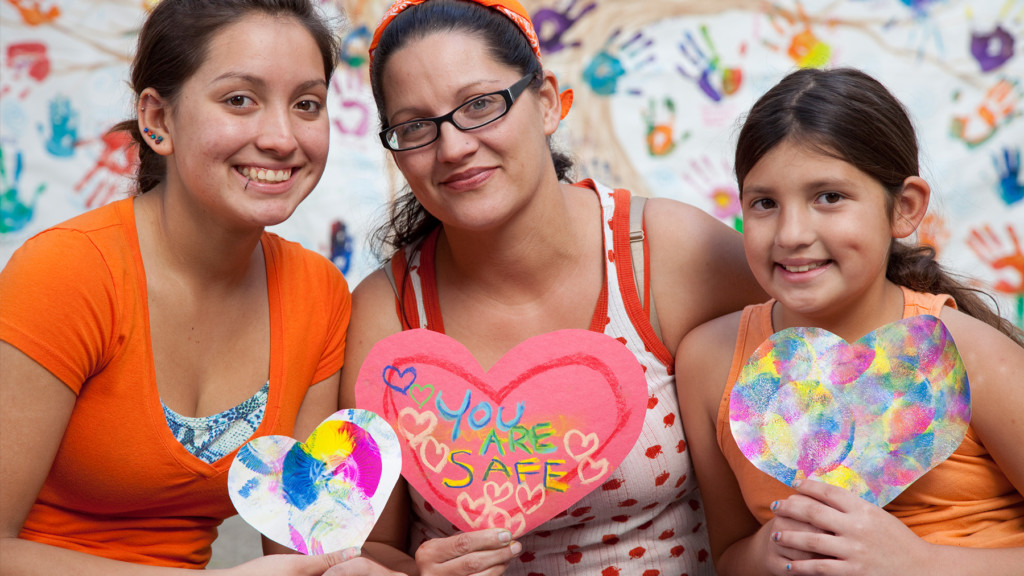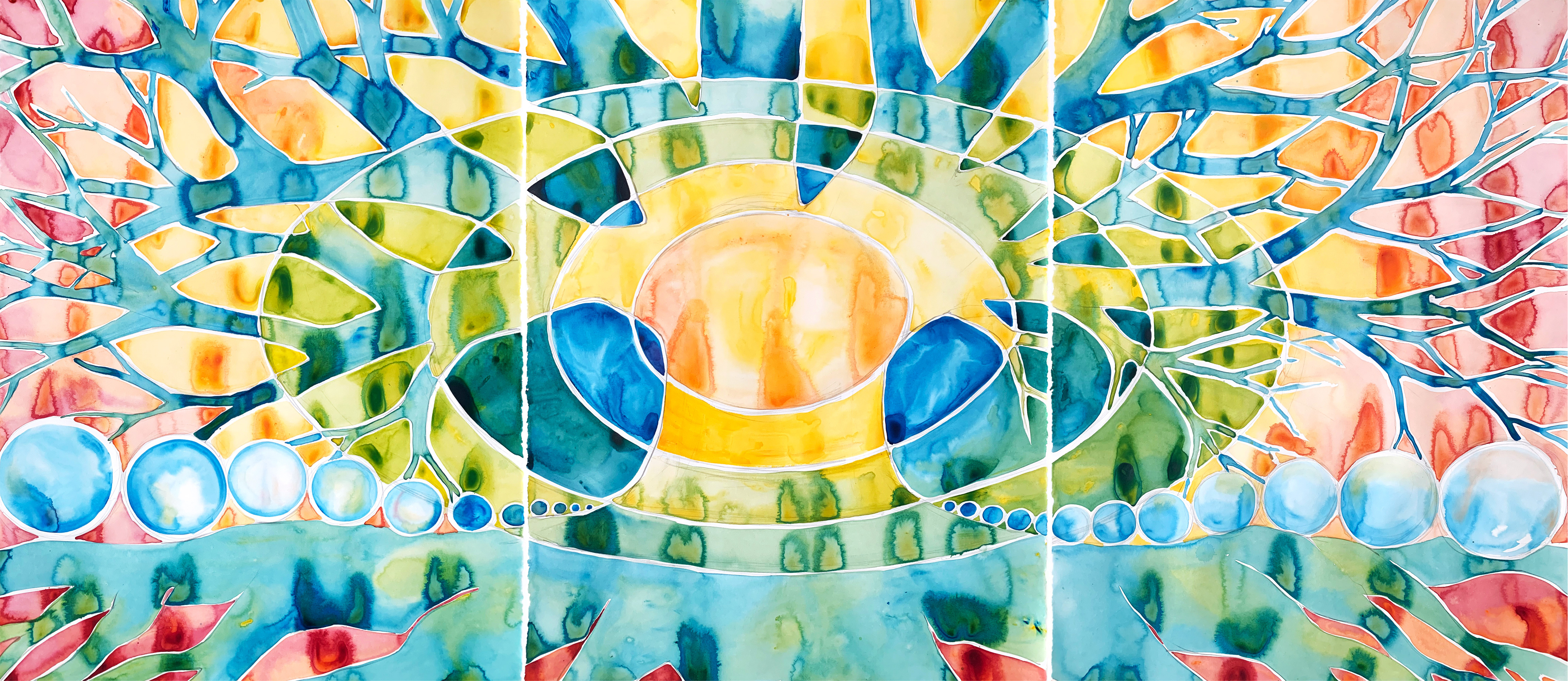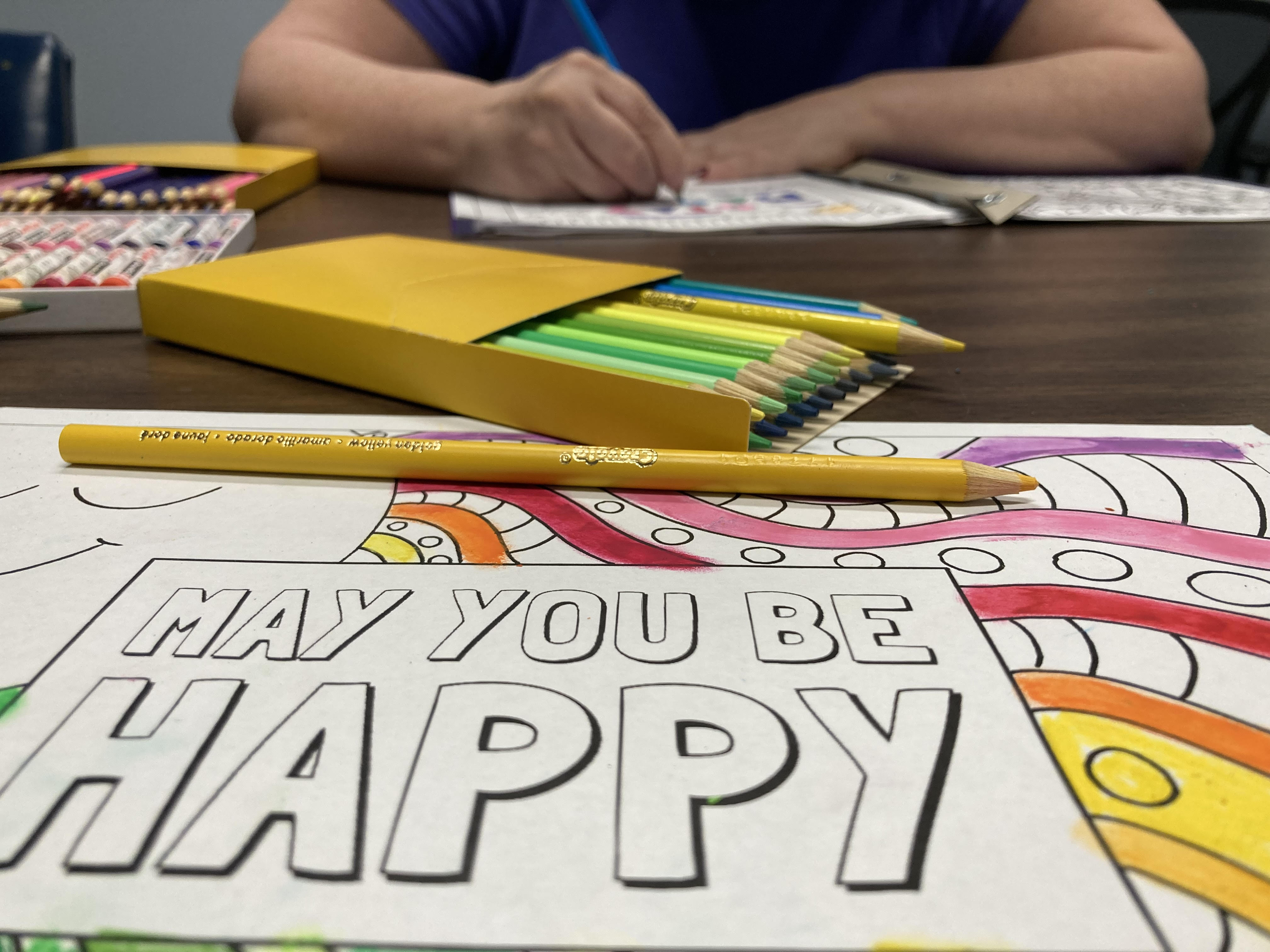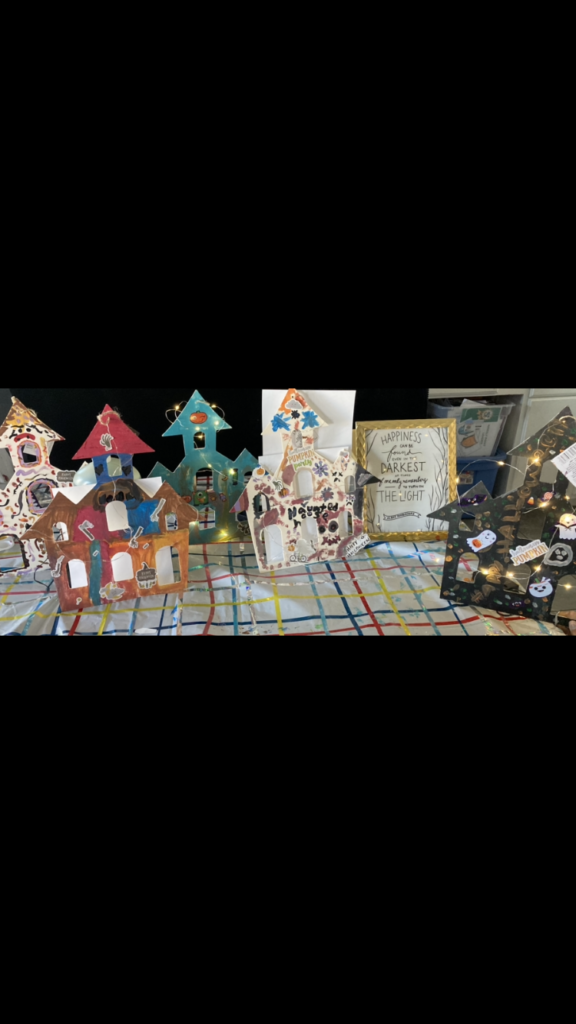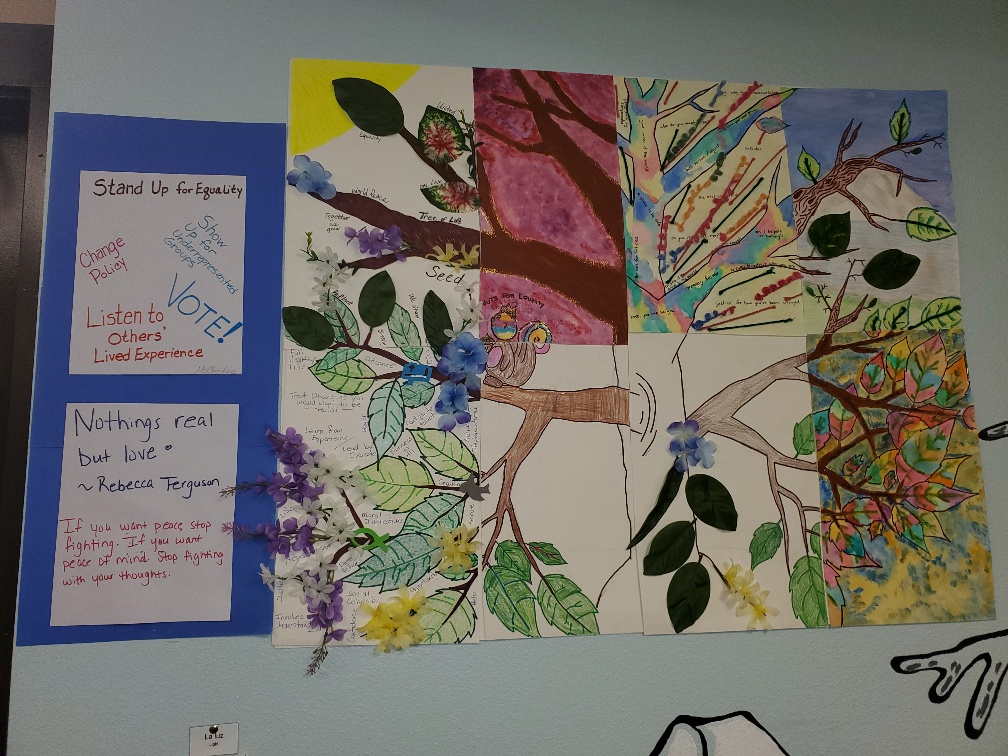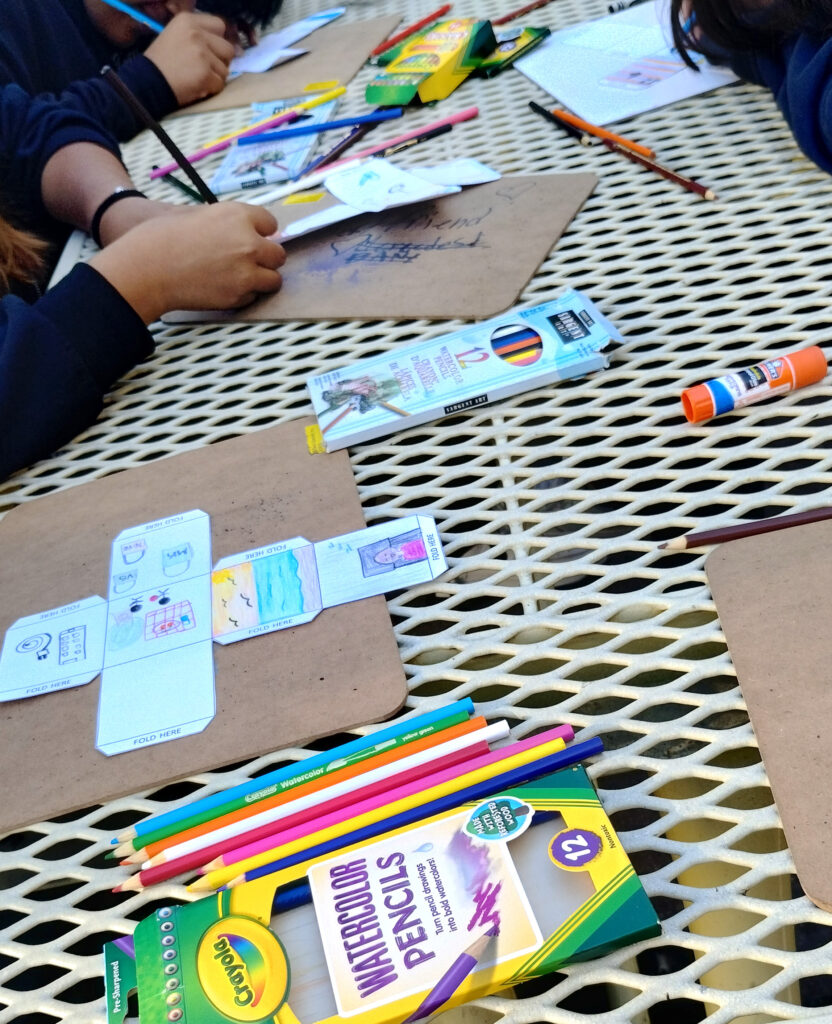The woman I was supporting is a 56-year-old survivor of child sexual abuse that lasted a decade. Her daughter had also been sexually assaulted by the same offender.
She holds a lot of guilt and shame in her heart and has difficulties forgiving herself and making sense of what happened for all of those years. On the phone, before we would later meet in person, I asked her how she was doing. Her voice was shaky and she replied, “Alright.” She would always respond with one word answers.
When I saw her, she was visibly anxious and shaky and I thought maybe doing something with her body, like walking, would disperse the heightened energy in her body, instead of holding onto it in her hands and mouth, which is where she showed her discomfort. We went for a walk. She did not talk much but was thankful to get out of the house. She is afraid of going outside by herself and so she rarely gets out of her home.
When we got back, she was about ready to leave, but I could tell she was holding onto something tough in her heart and felt anxious and overwhelmed.
Brené Brown, author of “Unlocking Us,” says “When we’re stressed, we feel a lot of outside (or even internal) pressure, but we can handle it. We know what actions to take to fix it. Overwhelm, on the other hand, means we’re incapable of taking action. We’re so consumed by the pressures on us that we can’t do anything about it.”
She was overwhelmed, and had been for quite some time. I did not want her to leave if she was not ready and was clearly anxious and scared.
I invited her into the office and asked if she would like to do a simple art activity with me. Her eyes widened, and she nodded. I had her choose which mantra she would like to color and she chose one that said “Stay Magical,” with unicorns, lightning bolts, and stars all over it. She said she liked unicorns. I chose “May You Be Happy.”
I put on some soft music and we began. She stared at the page for a little while. Maybe unsure of how to create or where to start. Then she grabbed a colored pencil and I watched her repeatedly color one section in blue. She did not take her pencil off of the page. She was thinking.
Watching her repeatedly color one section was like watching her brain think. I let her be and she continued onto the other letters. I noticed that she was not too focused on creating, but she stopped shaking and was focused on what was happening in front of her. I remember saying, “You are a deep thinker.” She let out a forced and empty laugh and said, “Yeah, I think a lot.” I asked her if it was helpful to do something with her body while she thinks and she said, “I will still think a lot and about the same things, but I feel less anxious. Coloring helps the thoughts come and then go.”
I continued to share with her how using art and her hands can help our minds focus and find some clarity differently than just sitting and processing all the time, or in her case, overthinking.
We did not talk much after that. We just continued to listen to music and color. I watched her thoughts come and go.
I hope that she left not holding onto all of the thoughts that she did have, but that she was able to have them and let go of them, at least in that last hour together.
